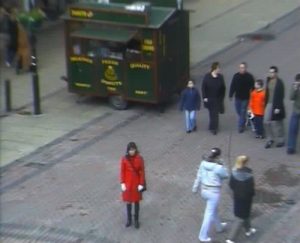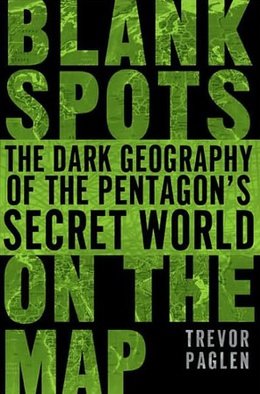 Blank Spots on the Map: The Dark Geography of the Pentagon’s Secret World, by artist, writer, and experimental geographer Trevor Paglen (Amazon USA and UK.)
Blank Spots on the Map: The Dark Geography of the Pentagon’s Secret World, by artist, writer, and experimental geographer Trevor Paglen (Amazon USA and UK.)
Publisher Dutton says: The adventurous, insightful, and often chilling story of a young geographer’s road trip through the underworld of U.S. military and CIA “black ops” sites
Trevor Paglen is a scholar in geography, an artist, and a provocateur. His research into areas that officially “don’t exist” leads him on a globe-trotting adventure into a vast, undemocratic, and uncontrolled black empire–the unmarked spots on a map, where our military conducts its most clandestine operations. Run by an amorphous group of government agencies and private companies, this empire’s annual budget is over $40 billion, yet almost no one knows how it works or what it does.
Paglen spies on the covert site at Groom Lake, Nevada, taking photos from a mountain top thirty miles away. He visits the widow of Walter Kasza, who, while working construction at Groom Lake, was poisoned by the toxic garbage pits there. The U.S. Air Force defense to his estate’s suit? The base does not exist. The U.S. Supreme Court declined to review the case.
Whether it’s from a hotel room in Vegas, secret prisons in Kabul, buried CIA aircraft in Central American jungles, Washington, D.C., suburbs, or a trailer in Shoshone Indian territory, Paglen’s reporting is impassioned, rigorous, relentless–and eye-opening. Blank Spots on the Map is an exposé of a world that, officially, isn’t even there.
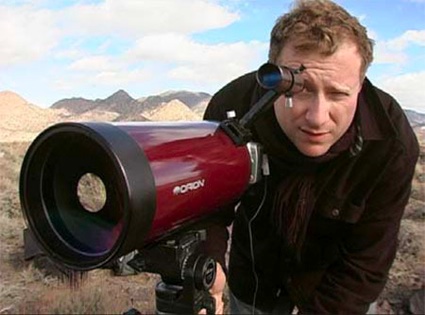 (image)
(image)
There’s a video of Paglen presenting Blank Spots on the Map for the Authors@Google series. I’d advise you to have a look and get back to me within one hour if you feel like it.
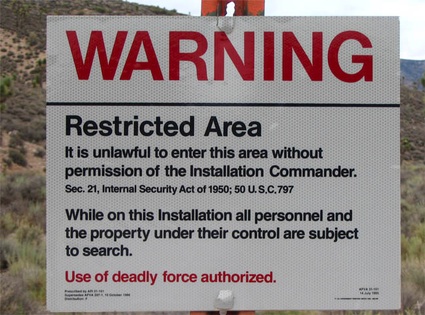 Trevor Paglen, Use of Deadly Force Authorized (Groom Lake Border)
Trevor Paglen, Use of Deadly Force Authorized (Groom Lake Border)
A report by Law Professor Mark Denbeaux examined the information released by the US defence department about the prisoners held at Gantanamo. The very prisoners that Former Vice President Dick Cheney himself had declared were “the worst of the worst”. Debeaux’ report revealed that 92% of the Guantanamo detainees had not been al-Qaeda fighters. Of those men, 42% had no clear connection to Al-Qaeda and 18% had no connection to either Al-Qaeda or the Taliban. Moreover, only 5% of the Guantanamo detainees were captured by the Americans themselves. 440 of 517 detainees appeared to have been captured by bounty hunters, in return for a $5,000 reward.
How did we get there? That one of the issues that this book attempts to discuss. Amateurs of conspiracy theories who understand the title a bit too literally might not swim in happiness after they’ve opened Blank Spots. Ultimate sacrilege, the book is written by a geographer and there’s only one lousy map inside. However, once you’ve accepted that there’s more to geography than maps and that Paglen is a geography professor at UC Berkeley who doesn’t venture into speculative territory, you’re on the road for a fascinating read.
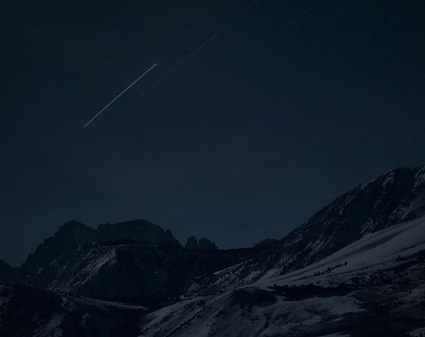 Trevor Paglen, The Other Night Sky
Trevor Paglen, The Other Night Sky
I must admit that, at first, Blank Spots was very U.S.A., very exotic to me. CIA, fortresses that emerge after a dusty road, high-security military bases, clandestine operations in the desert, etc. Paglen himself could be cast by Hollywood producers for a role as the next Indiana Jones. Except that there’s no superhero nor super-villain in the world that Blank Spots uncovers. There is a lot of ultra-normal people, however. People working in mundane-looking offices and embarking planes with the blandest fuselage you can imagine. According to Paglen up to 4 million people work for what Dick Cheney publicly called the ‘dark side.’ They seem to operate in a world that responds to laws very different from ours, they do anything they can to erase any trace of their actions and even innocent bystanders might have to get to grips with some of its members whether they want it or not. The tableau that Blank Spots draws is deeply distressing.
Yet, Blank Spots demonstrates also that the ‘black world’ is made of human beings who sometimes make gross errors and sometimes disagree with each other. The most important lesson of the book however is that it’s amazing what you can uncover with a telescope, a GPS device, a military-band-capable radio scanner and a bunch of maps, some of them partially blank after careful editing. We need people like Paglen to do the digging for us, otherwise what will our own history look like if a substantial portion of it has been ‘classified?’
See also Bryan Finoki‘s article on Trevor Paglen for archinect.
Related stories: ZEMOS98: Lisa Parks on Satellite Secrets: Between Spying and Dreaming, Guantanamo museum and other tales of extraordinary rendition at Helga de Alvear gallery in Madrid, The New Normal, Transmediale exhibition: Conspire! and Trevor Paglen’s talk at Transmediale.
Image on the homepage by Trevor Paglen: Unmarked 737 at “Gold Coast” Terminal, Las Vegas, NV, Distance ~ 1 mile, 10:44 p.m.






